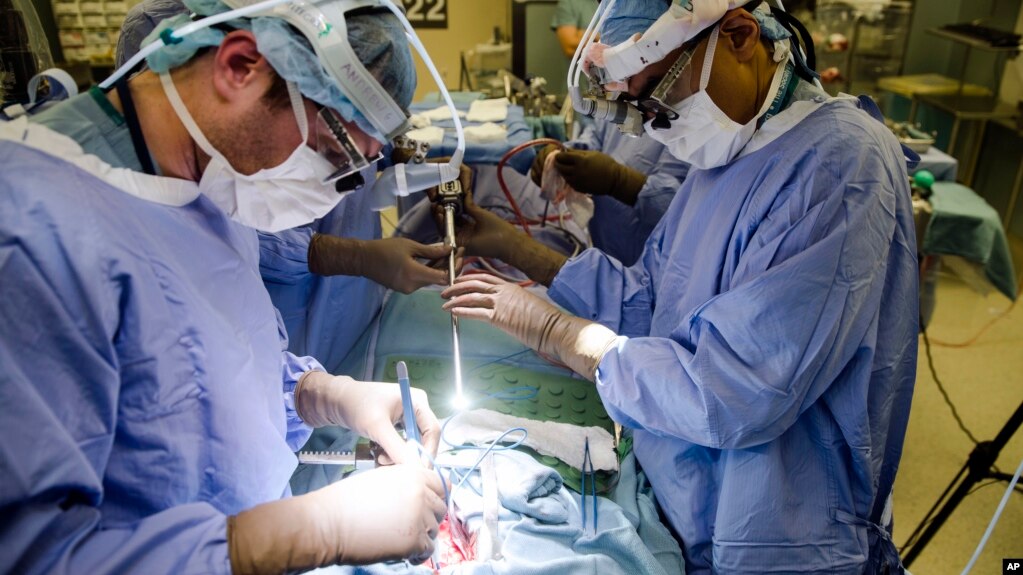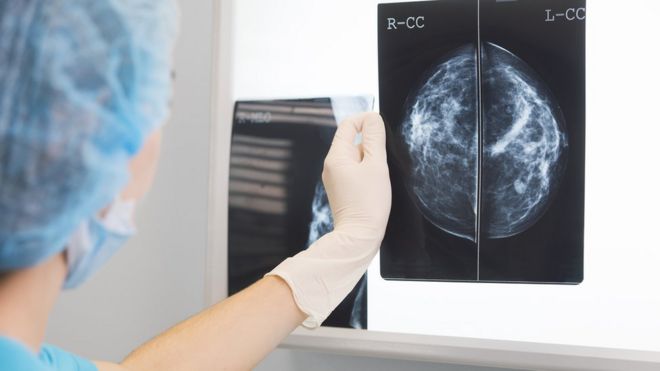stewartdean98
Rookie
- Jan 4, 2017
- 11
- 1
- 1
A team of U.S. researchers finds that a combination of drugs may help in the killing of brain cancer tumor cells with high cure rates in mice.
A combination of drugs may help in the killing of brain cancer tumor cells with high cure rates in mice, finds a study.
The study appeared in journal Nature Communications.
Researchers at the Children's Hospital of Eastern Ontario in Ottawa conducted the study on mice and found that a combination of drugs known as SMAC Mimetics and immune checkpoint inhibitors (ICIs) amplifies kill rates of cancer tumor cells in laboratory testing.
They also found that the new mechanism also promotes long-term immunity against glioblastoma tumors and is highly effective against breast cancer and multiple myeloma - a malignant tumor of the bone marrow.
"These findings represent a significant evolution in our research and the field of immunotherapy. We are the first in the world to show the synergistic tumour-killing impact of combining SMAC Mimetics with immune checkpoint inhibitors for glioblastoma," said Robert Korneluk from the University of Ottawa.
"You could say it takes two to tango. We believe that it takes a combination strategy to impact cancer cure rates," Korneluk added.
The finds indicate that SMAC Mimetics also have a powerful synergistic effect with ICIs, relatively new drugs that are showing great promise in the clinic.
"Two drug companies have initiated human clinical trials this year to assess the impact of this combination of SMAC Mimetics and ICIs on patients with a variety of cancers," said another researcher ,Eric Lacasse.
"Although it could be years before any clinical trials begin for adults or children with the deadly brain cancer, glioblastoma, we're looking forward to seeing how scientific evidence from these experimental treatments adds to our knowledge," Lacasse explained.
Read more here..
A combination of drugs may help in the killing of brain cancer tumor cells with high cure rates in mice, finds a study.
The study appeared in journal Nature Communications.
Researchers at the Children's Hospital of Eastern Ontario in Ottawa conducted the study on mice and found that a combination of drugs known as SMAC Mimetics and immune checkpoint inhibitors (ICIs) amplifies kill rates of cancer tumor cells in laboratory testing.
They also found that the new mechanism also promotes long-term immunity against glioblastoma tumors and is highly effective against breast cancer and multiple myeloma - a malignant tumor of the bone marrow.
"These findings represent a significant evolution in our research and the field of immunotherapy. We are the first in the world to show the synergistic tumour-killing impact of combining SMAC Mimetics with immune checkpoint inhibitors for glioblastoma," said Robert Korneluk from the University of Ottawa.
"You could say it takes two to tango. We believe that it takes a combination strategy to impact cancer cure rates," Korneluk added.
The finds indicate that SMAC Mimetics also have a powerful synergistic effect with ICIs, relatively new drugs that are showing great promise in the clinic.
"Two drug companies have initiated human clinical trials this year to assess the impact of this combination of SMAC Mimetics and ICIs on patients with a variety of cancers," said another researcher ,Eric Lacasse.
"Although it could be years before any clinical trials begin for adults or children with the deadly brain cancer, glioblastoma, we're looking forward to seeing how scientific evidence from these experimental treatments adds to our knowledge," Lacasse explained.
Read more here..





